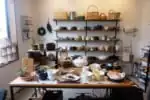"Numazu Deep Sea Aquarium & Coelacanth Museum," the First Aquarium with the Theme of the Deep Sea.
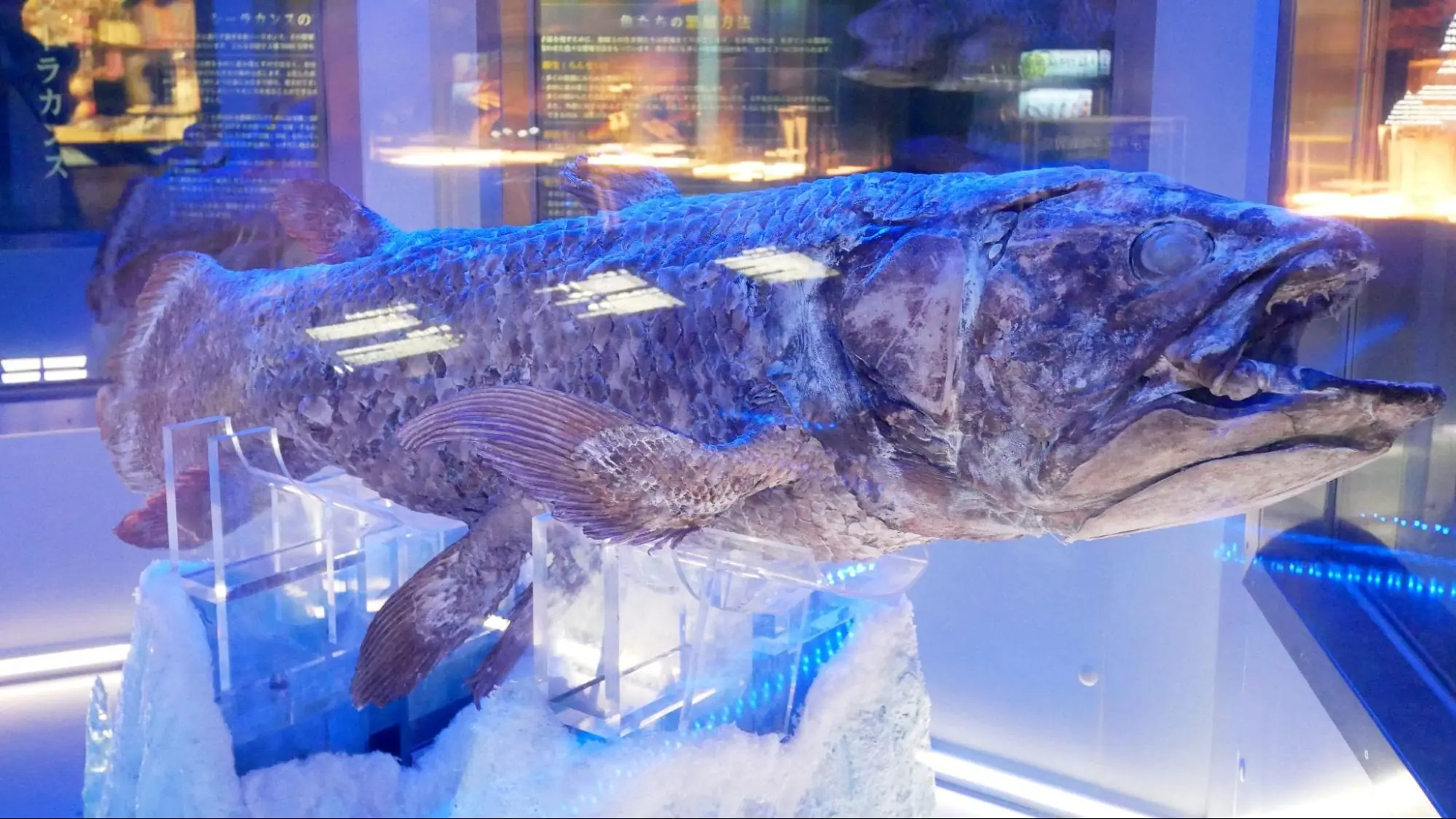
Numazu is also known as the gateway to Izu. Facing Suruga Bay, Numazu Port is home to restaurants, souvenir shops, fish markets, and other facilities offering fresh seasonal seafood. In addition, the "Numazu Port Deep Sea Aquarium & Coelacanth Museum" is gaining popularity,
Numazu Deep Sea Aquarium & Coelacanth Museum" opened in 2011 as the world's first aquarium with a deep-sea theme. The museum has become the focus of much attention because of its life-size plush toy of a "kimo-kawaii" (gross and cute) giant isopod (55 cm in length), which has become a big hit with visitors.
The aquarium's main attraction is not only the display of deep-sea life, but also the panels that provide easy-to-understand explanations about the characteristics of the creatures and the mysteries of the deep sea. The Coelacanth Museum is the only facility in the world where visitors can see frozen coelacanths on display.
This time, I will introduce the charm of Numazu Deep Sea Aquarium & Coelacanth Museum!
*Information is current at the time of the interview.
Please check the latest information of each facility and store.
Table of Contents
What is Numazu Deep Sea Aquarium & Coelacanth Museum?

Numazu Deep Sea Aquarium & Coelacanth Museum is located in the commercial facility "Minato 83" in the Numazu Port area. You can enjoy two spots at once: the Numazu Deep Sea Aquarium on the 1st floor and the Coelacanth Museum on the 2nd floor.
Japan's first aquarium with a deep sea theme, "Numazu Deep Sea Aquarium"
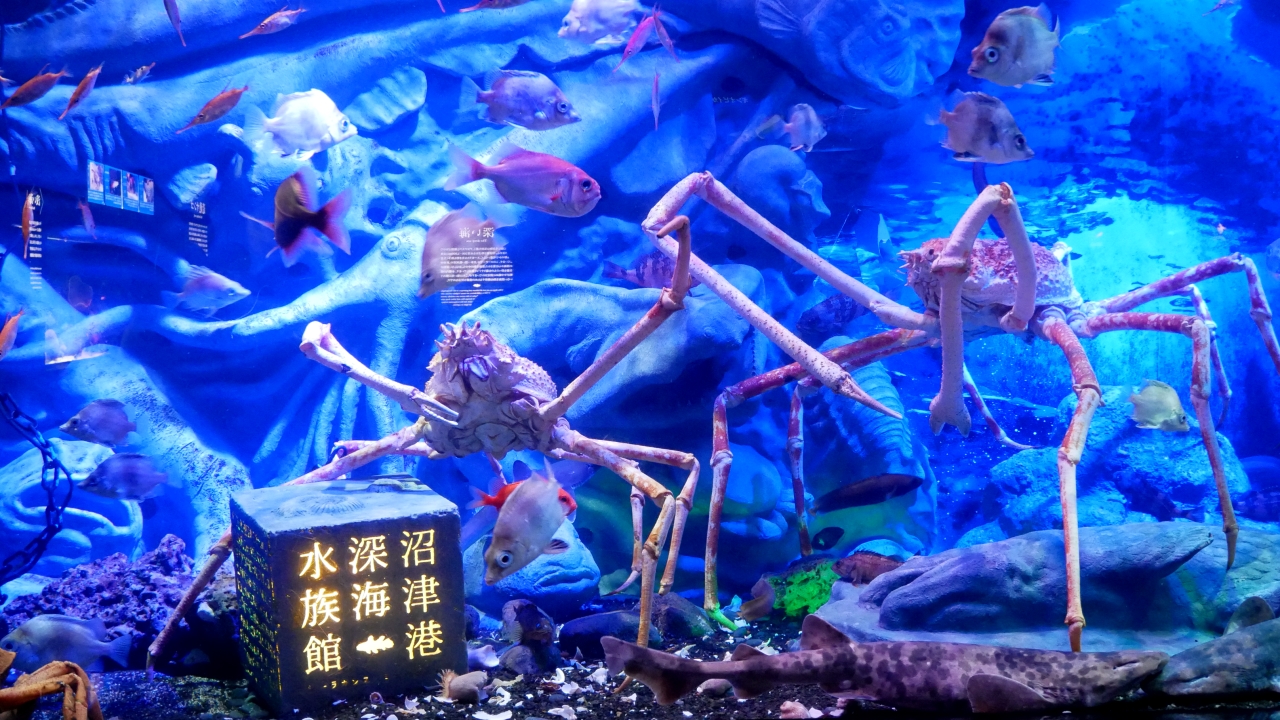
Numazu Deep Sea Aquarium is Japan's first aquarium with a deep-sea theme, exhibiting not only domestic and international deep-sea creatures, but also deep-sea creatures landed at Numazu Port. More than 100 species are on display at any given time, including the popular Mendako octopus!
While many aspects of the ecology of deep-sea creatures are unknown, they are exhibiting them through trial and error regarding their diet and habitat environment. Some of the creatures are kept in the backyard for more than a month before being displayed in the aquarium. In order to display in an environment suitable for each individual, each aquarium tank is designed to be small.
Why deep-sea creatures at Numazu Port?
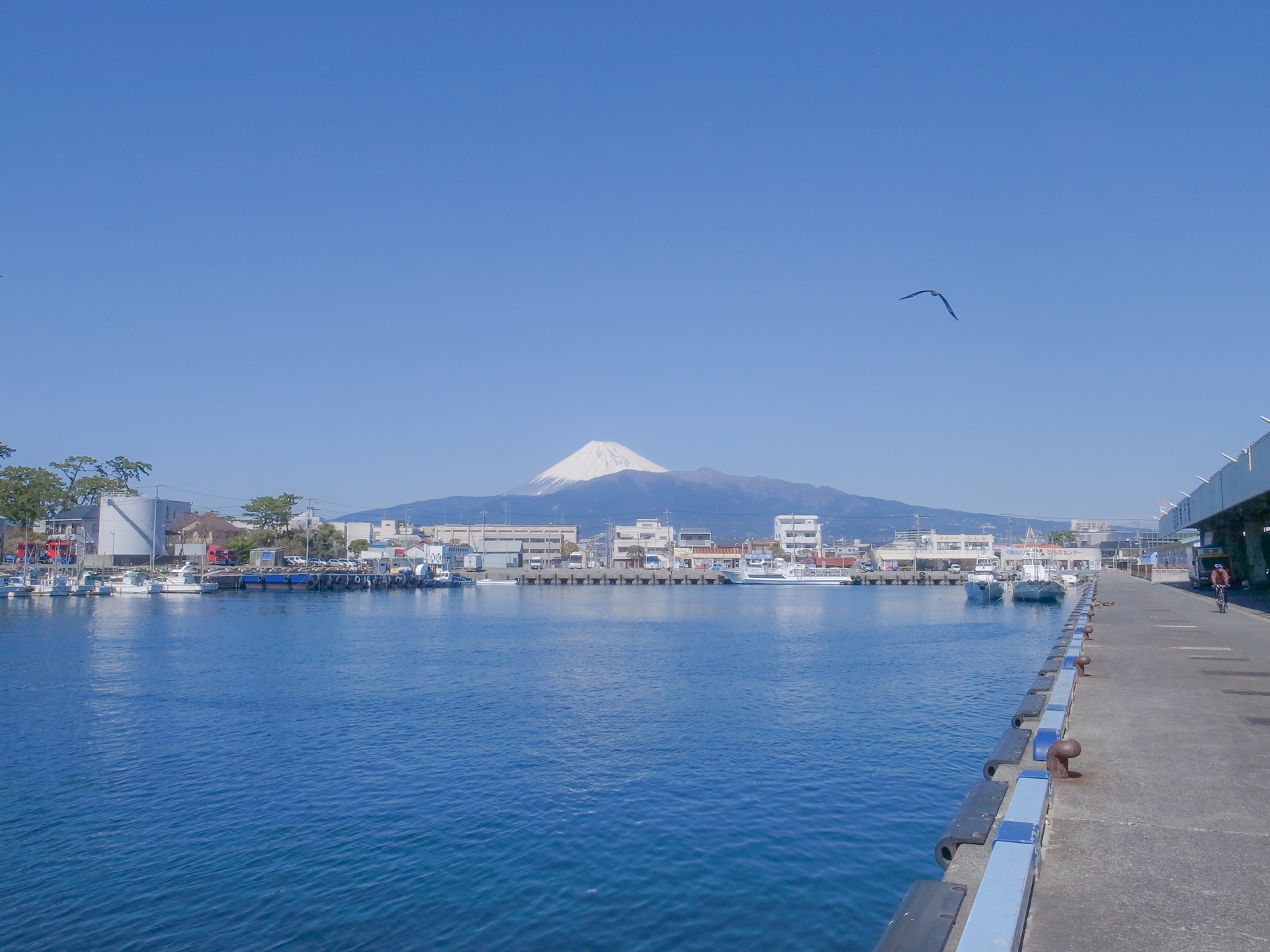
Numazu Port and Mount Fuji
Suruga Bay, which spreads out in front of Numazu Port, has a unique topography that is rare in the world. A few kilometers away from the port, it suddenly deepens, and the ditch called Suruga Trough, which extends north and south in the center of the bay, reaches a depth of 2,500 meters, which is the deepest in Japan.
Suruga Bay is home to a wide variety of creatures, including the world's largest giant spider crab, Japanese octopus, and giant isopod. Therefore, it is a treasure trove of deep-sea creatures that is attracting attention not only in Japan but also around the world.
And in areas with deep seas, it usually takes one to two days from landing until the ship returns to port, and most of the deep-sea creatures die during that time. However, Numazu Port is only about 30 minutes away from the 2,500-meter-deep water area, and another major feature is that freshly landed deep-sea creatures can be transferred to tanks alive.
Coelacanth Museum, a rare facility in the world
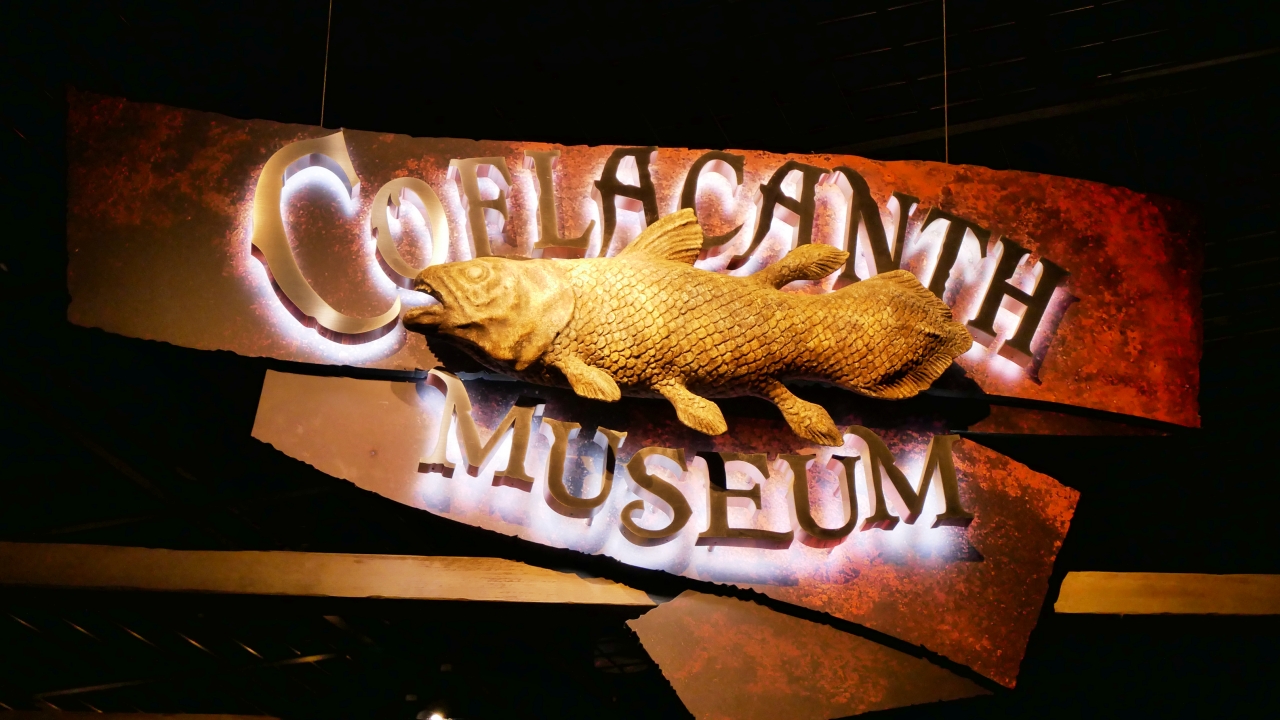
Coelacanth Museum entrance
The coelacanth is a fish discovered in South Africa in 1938. At the time, it was thought to be a long-extinct species, causing an uproar in academic circles and the world.
It is said that the appearance of the discovered coelacanth has not changed for 350 million years, so it is truly a living fossil! It is thought to be due to the "deep sea environment'' that has remained almost unchanged for 350 million years.
The Coelacanth Museum exhibits five coelacanths. Two of them are frozen individuals, making this facility one of the rarest in the world.
In addition, there are various exhibitions that approach the mystery of not only coelacanths but also deep-sea creatures, focusing on "Latimeria" (the only extant genus of coelacanths), which is thought to have required no unique evolution in a stable environment.
Let's take a tour of the museum!
Be fascinated by the unique deep sea creatures!
Numazu Deep Sea Aquarium
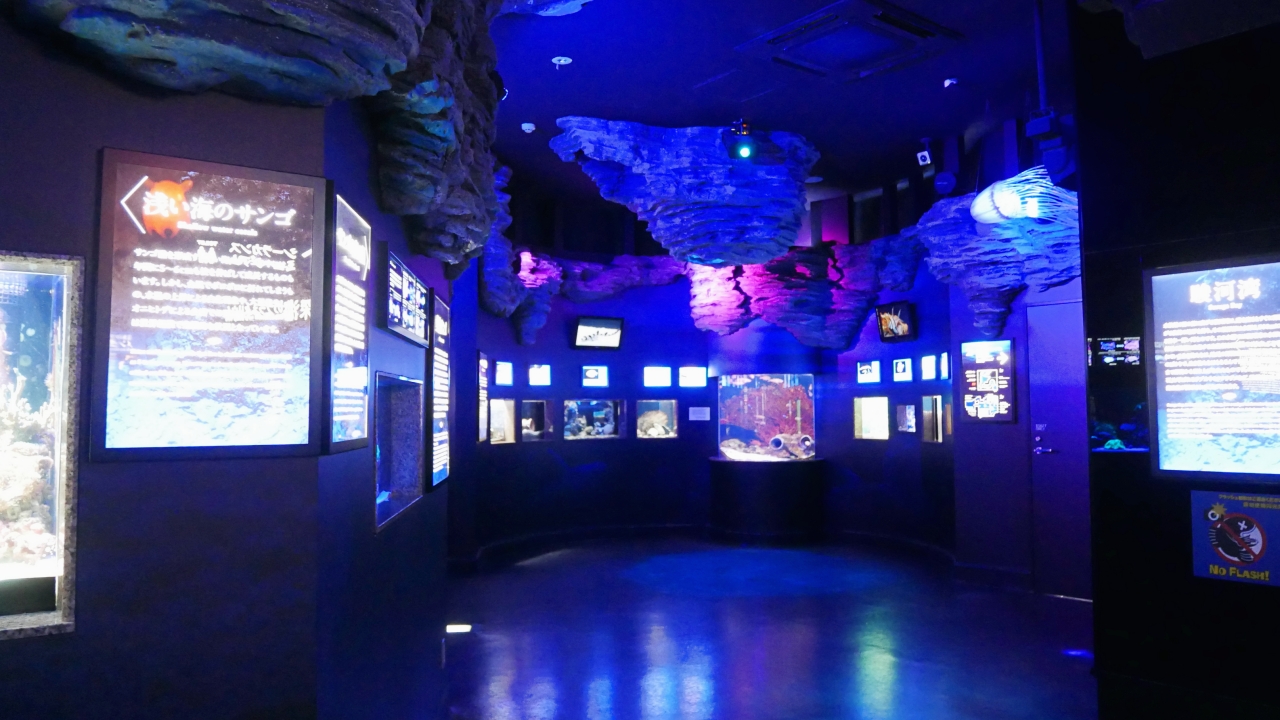
After passing the ticket counter, you will immediately enter Numazu Deep Sea Aquarium. The aquarium is divided into six corners, and deep sea creatures and explanatory panels are displayed according to the following themes.
・Shallow sea ・Deep sea
・Weird Creatures
・Suruga Bay Large Water Tank
・Deep Sea
・Deep sea planetarium
・Suruga Bay commentary corner
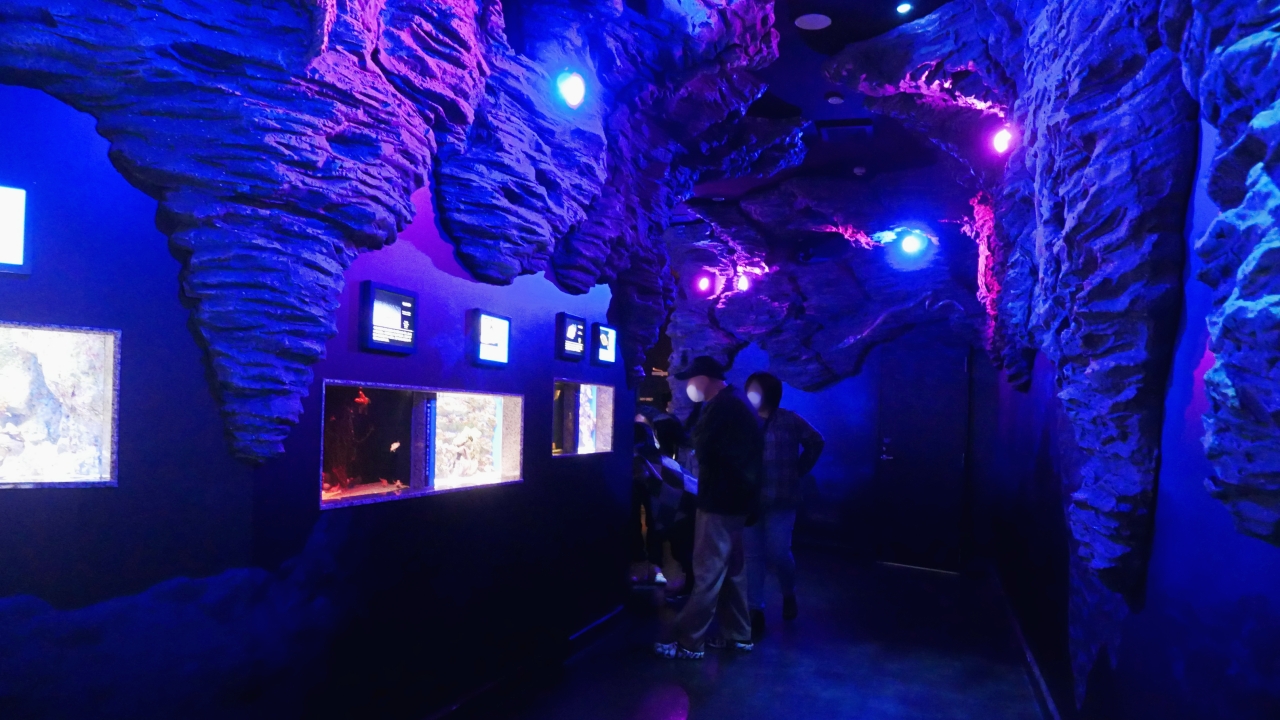
The inside of the aquarium is dark overall, and the lighting is fantastic. This is because they use lights that do not cause stress to creatures living in a world without light. Photography is permitted inside the museum, but flash photography is strictly prohibited. Make sure it's turned off.

The large aquarium where creatures that inhabit around 300 meters deep in Suruga Bay gather together is a powerful sight to behold! . The creatures on display are all caught by local deep-sea trawling. There are also many spider crabs, which are said to be the largest arthropods in the world.
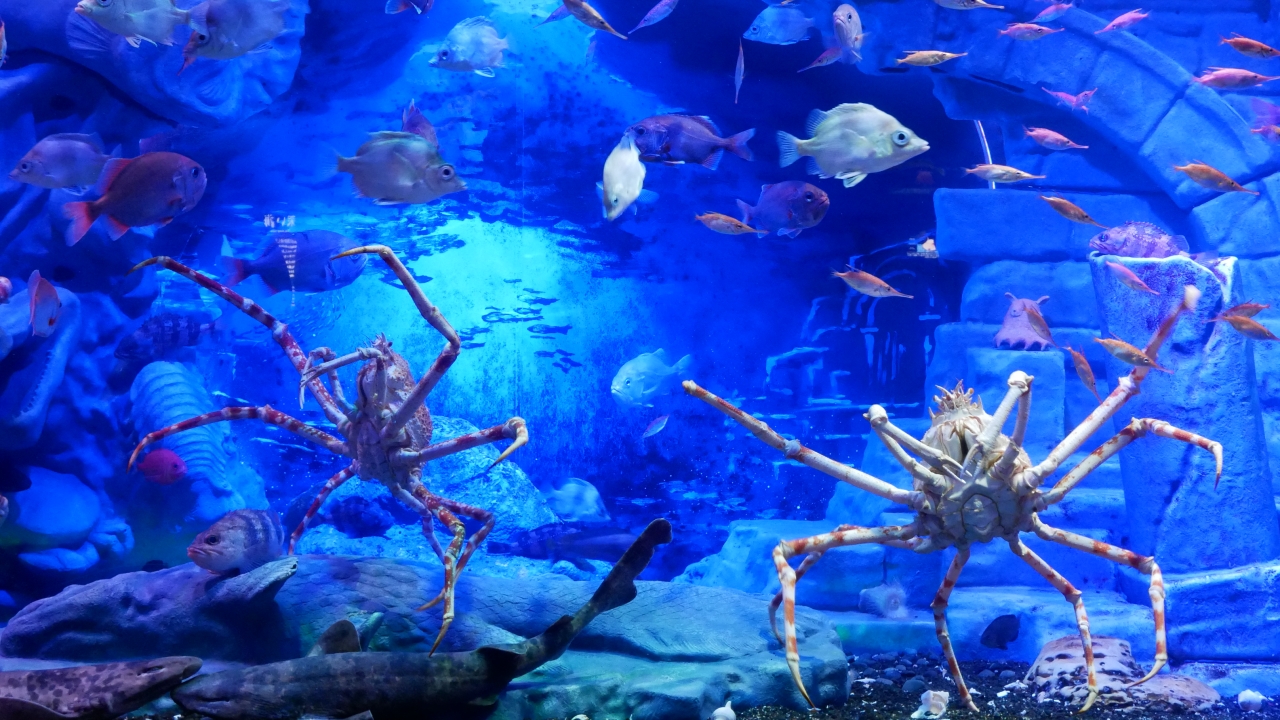
In Suruga Bay, world-class rare creatures such as the frilled shark and Mitsukuri shark, which are also called "living fossils," are sometimes caught, and they have been exhibited in aquariums in the past.
In the "Deep Sea" corner, where new and rare species of deep-sea creatures are exhibited, there is a popular Mendako (flapjack) octopus with a round body and big ears.

Image provided by: Numazu Deep Sea Aquarium
Because of the limited time and place in which mendako can be caught, the number of individuals caught in good condition is extremely small, and the fact that they are delicate and difficult to keep, they have not been successfully installed in permanent exhibitions at any aquarium.
However, at the Numazu Deep Sea Aquarium, they are gradually clarifying the characteristics of mendako through trial and error. While aquariums around the world can only keep them for one to three days, they succeeded in extending the longest breeding record to 52 days.
Mendako is only caught in winter, so it is not possible to see it all year round at the moment. The status of the exhibition is being posted on the official website at any time.

Mendako is said to be flat when it is calm. When I visited the museum, its eyes were closed by the rock.
In addition, there is a "deep-sea planetarium" where corals that glow in fluorescent colors and flickering silver eyes swim, creating an exciting world that you have never seen before.
Also, at Numazu Deep Sea Aquarium you should pay attention to not only the deep sea creatures but also the explanatory panels. Not only does it provide an easy-to-understand introduction to the ecology and characteristics of living things, but it also provides information on why Numazu Port is a suitable place for a deep-sea aquarium, and the aquarium's efforts to capture and raise deep-sea creatures. You will enjoy it even more if you deepen your understanding of the environment surrounding Numazu Port and the deep sea creatures.
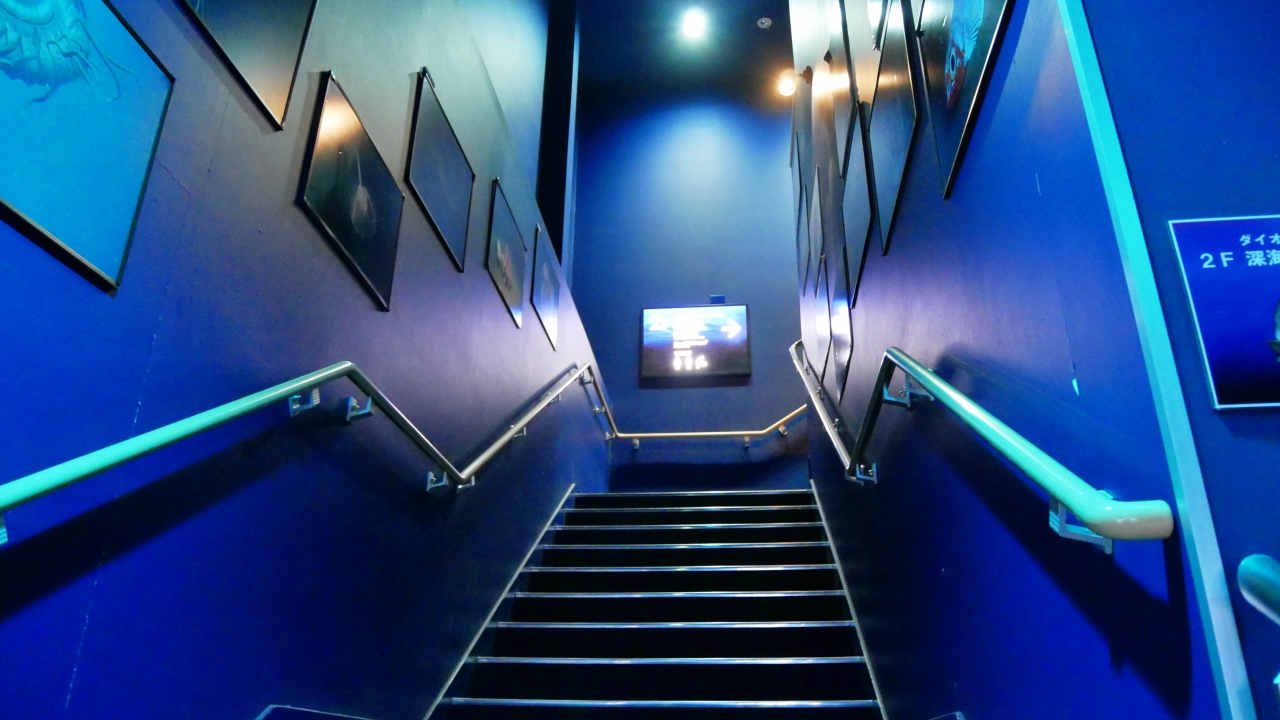
Then go up the stairs to the Coelacanth Museum.
Approaching the mystery of deep-sea creatures!
Coelacanth Museum
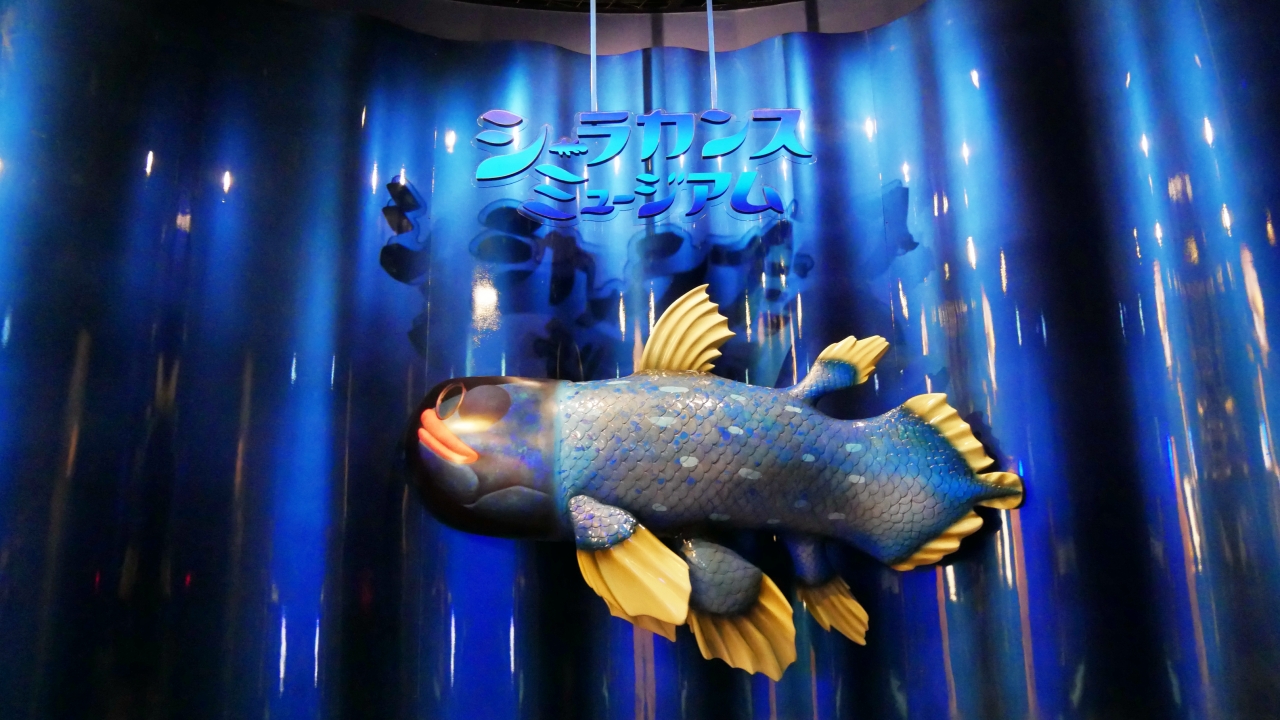
At the entrance of the Coelacanth Museum, the coelacanth "Grandpa Coela" welcomes visitors. The floor is divided into 5 areas.
・Ancient Sea
・Biological Evolution Laboratory
・Frozen Coelacanth
・Coelacanth swimming video
・Transparent skeletal specimen corner
The evolution of living things and the coelacanth are explained in detail with various panels, photographs, diagrams, etc., so it is very worth seeing.

"Ancient Sea" is a diorama of how coelacanths lived in the deep sea. In addition to two stuffed coelacanths, you'll also see a real canoe that was used to capture the coelacanths.
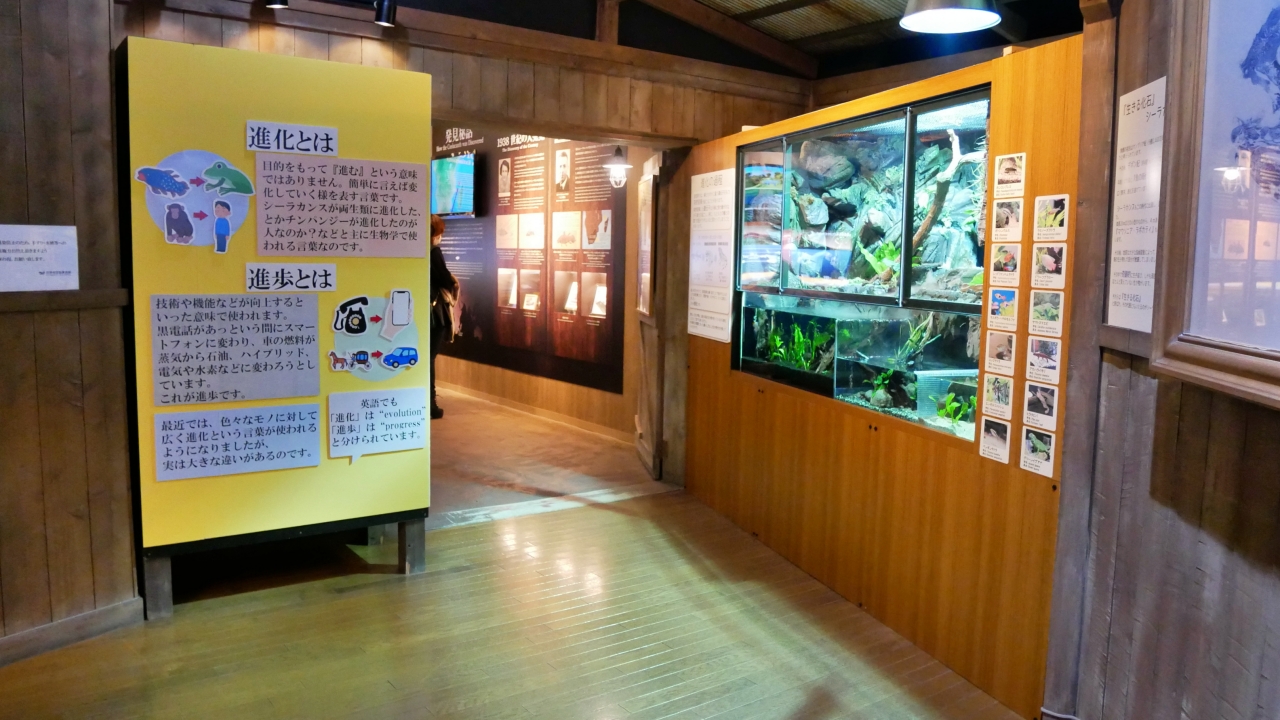
At the Coelacanth Museum, in addition to exhibits and explanations related to coelacanths, there is also a corner where you can easily learn about familiar questions such as "What is evolution?" and "How did humans come into being?" The more you know about the history of the earth and the evolution of living things, the more interesting it will be.

Coelacanth specimens and stuffed animals can be seen in only a few museums around the world, but this is the only museum in the world that exhibits frozen coelacanths. Two coelacanths are lined up in a -20°C freezer with a special flow of cool air and custom-made glass.

The realism that seems to start moving immediately is a force that cannot be achieved with stuffed animals or specimens. Being able to observe the academically valuable coelacanth up close from various angles is a valuable experience.
In addition, there are many things to see, such as a section that displays and explains the types of specimens and how to make them, and specimens of sharks and rays that inhabit Suruga Bay.
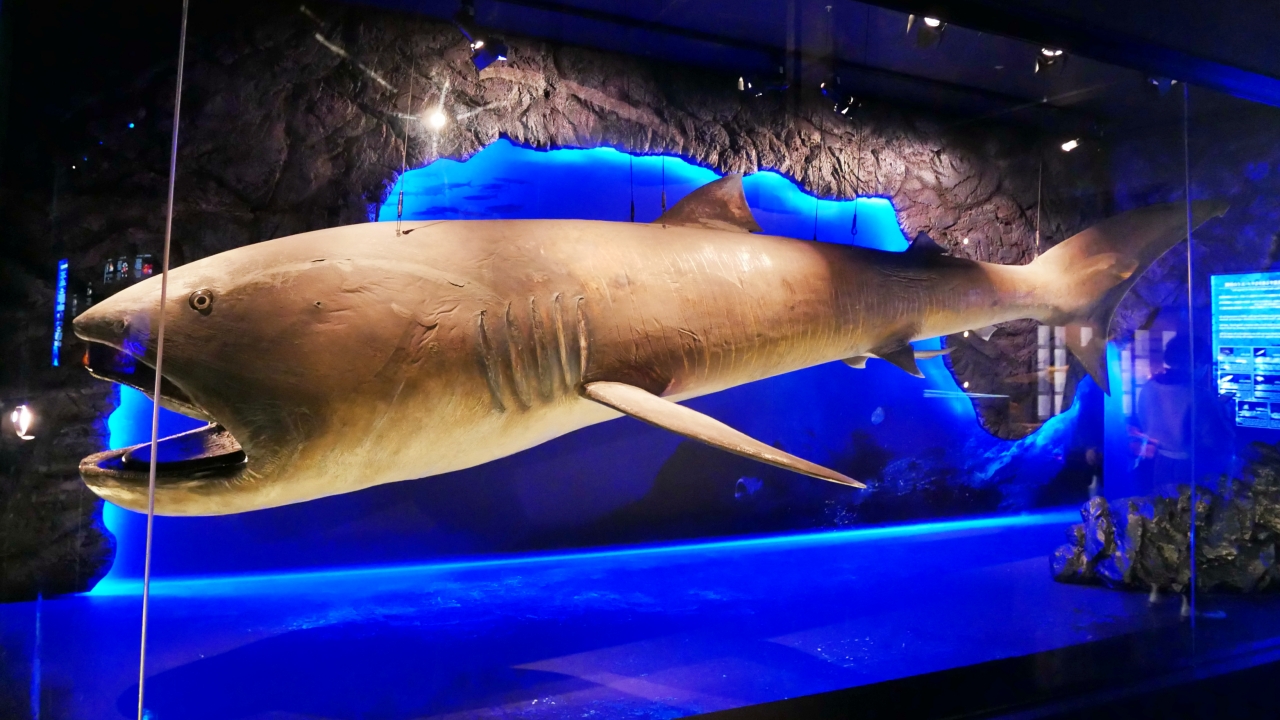
Stuffed giant megamouth shark washed up on Ushibuse Beach, Numazu City
The last thing to see off the customer is a stuffed megamouth shark with a total length of 5 meters. This is a reproduction of an individual that was washed up on the Ushibuse beach in Numazu City. It is known that the megamouth shark, which is said to be an organism that retains ancient forms, lived around 36 million years ago, but the method and timing of breeding have not yet been elucidated.
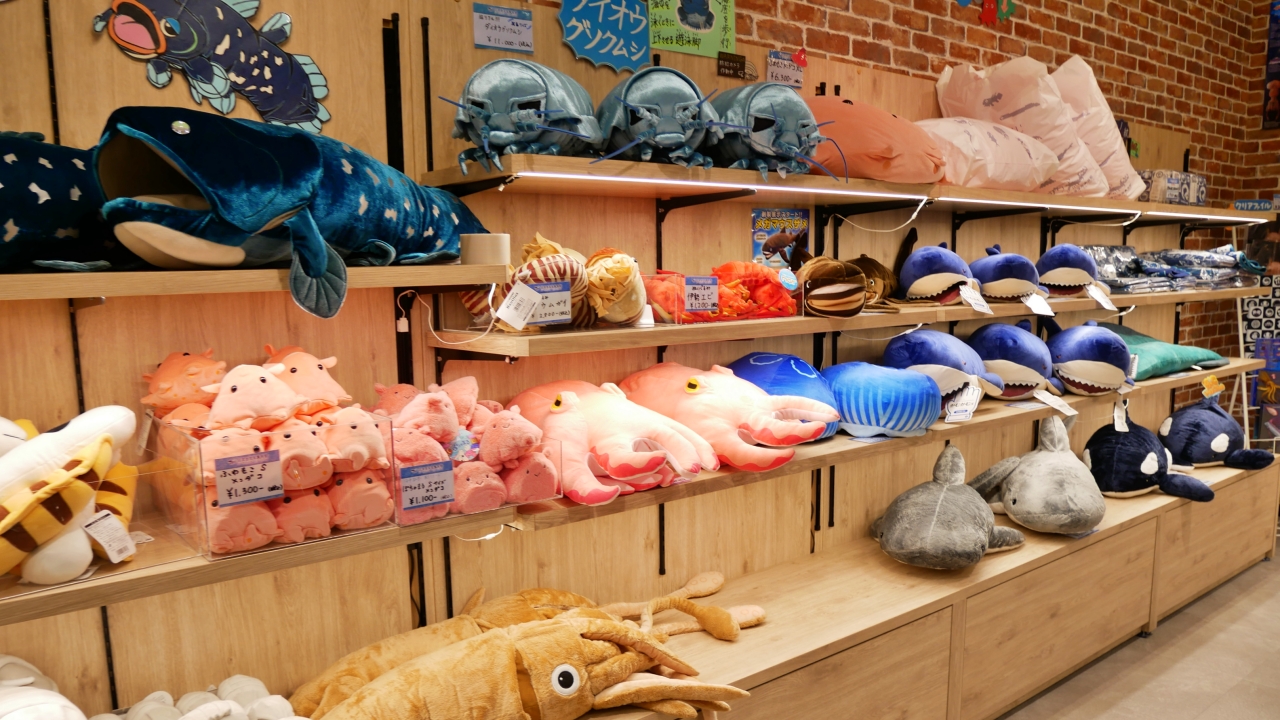
After experiencing the mysteries and charms of deep-sea creatures and coelacanths, stop by the souvenir shop. A variety of original goods are on sale, including stuffed animals such as coelacanths, mendako, and giant isopods.
Let's enjoy the Numazu Port area at "Minato 83 Banchi"!
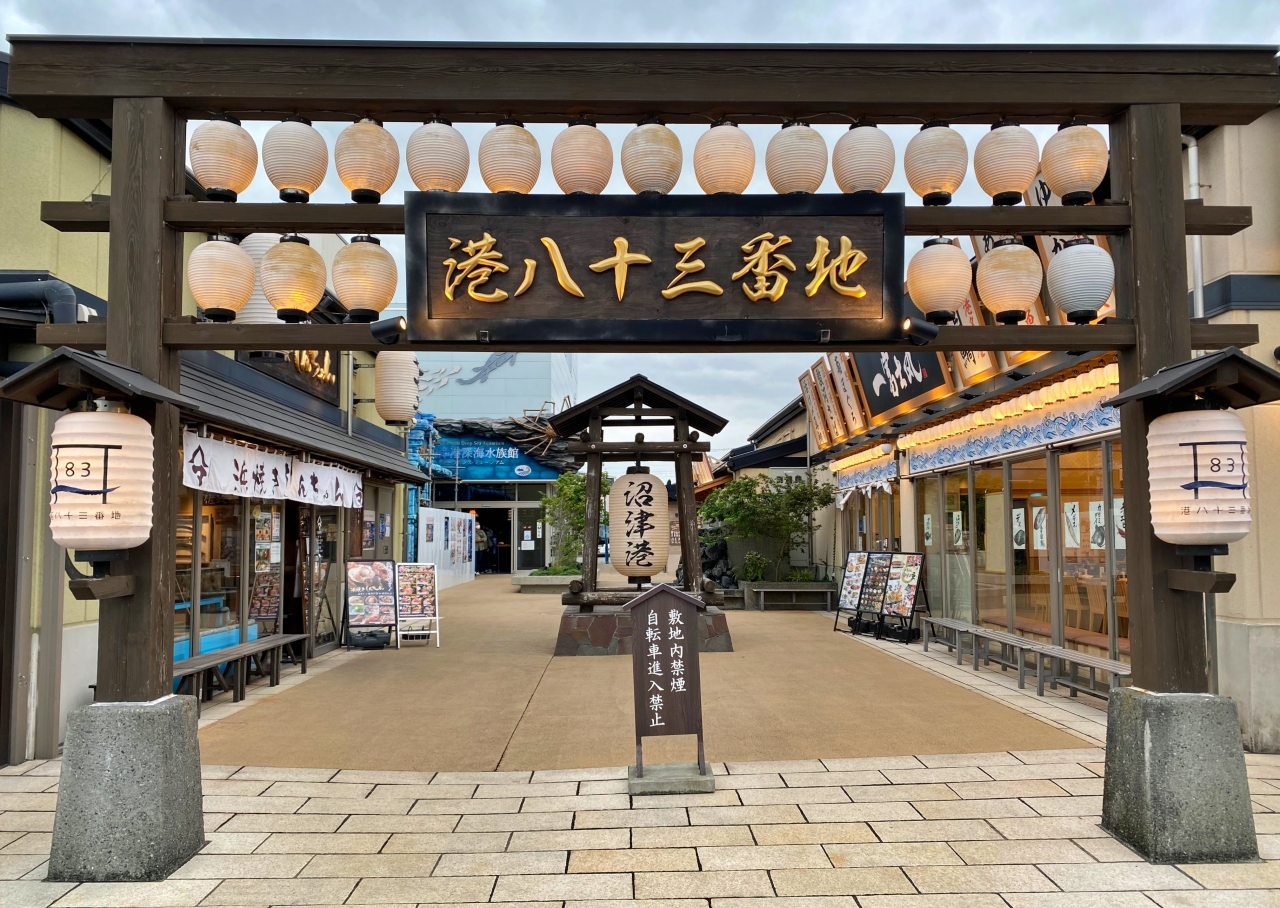
The Numazu Deep Sea Aquarium & Coelacanth Museum is located in the commercial complex Minato 83 Banchi. Minato 83 Banchi has gourmet food and attractions, and is one of the popular sightseeing spots in the Numazu Port area.
There are attractions that families can enjoy, such as the ride-type shooting attraction "Deep Sea World" where you capture deep-sea creatures, and the hands-on VR deep-sea adventure "Deep Cruise (*)" where you investigate ancient underwater ruins discovered in the deep waters of Suruga Bay.
There are also plenty of restaurants where you can enjoy fresh seafood and deep-sea gourmet food. You can enjoy a wide range of genres, such as hamayaki, sushi, and deep-sea fish burgers, which are unique to Numazu, as well as Shizuoka's famous sweets and Italian cuisine.
*Deep Cruise is scheduled to open in December 2022
At Numazu Deep Sea Aquarium & Coelacanth Museum
Let's learn about the world of the deep sea!
Numazu Deep Sea Aquarium, the world's first deep-sea themed facility, and the Coelacanth Museum, where you can see the only frozen coelacanth in the world, are unique facilities found only here in Japan. Once you come, you will definitely fall in love with the mysteries of the deep sea and the charm of deep sea creatures.
It is a spot where you can enjoy a whole day together with "Minato 83 Banchi" where deep sea attractions and Numazu Port gourmet are also available.
When you go sightseeing in Numazu, why not visit it?

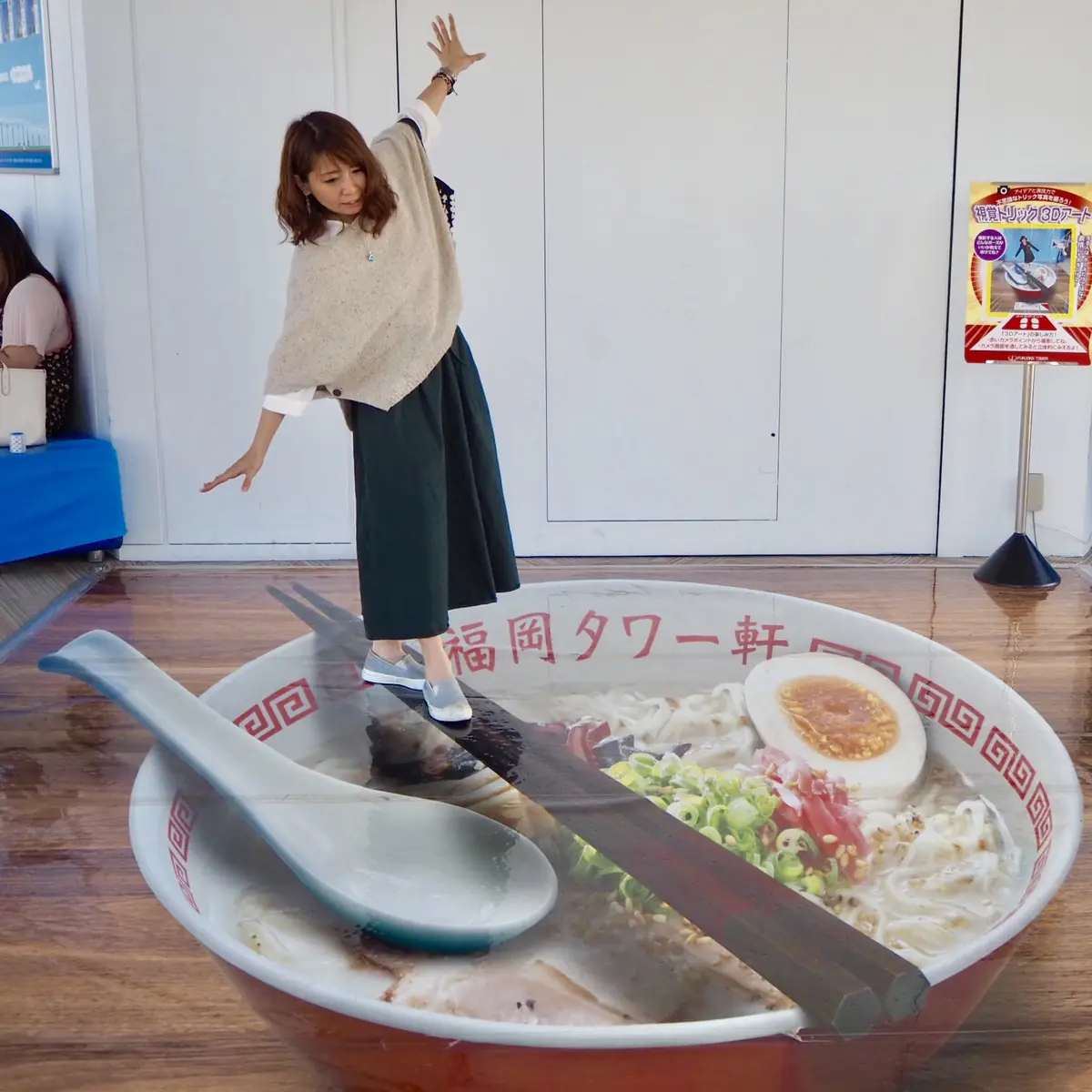
![[Tokai Area] List of Recommended Aquariums](https://life-designs.jp/wp/wp-content/uploads/2022/06/2c4f23430fdb97e089c2d2a00af17bf9-1024x580.png)
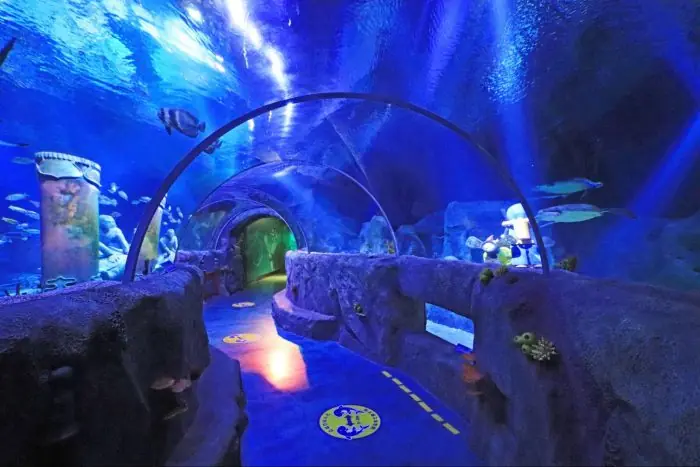

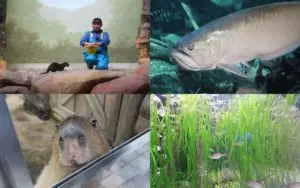
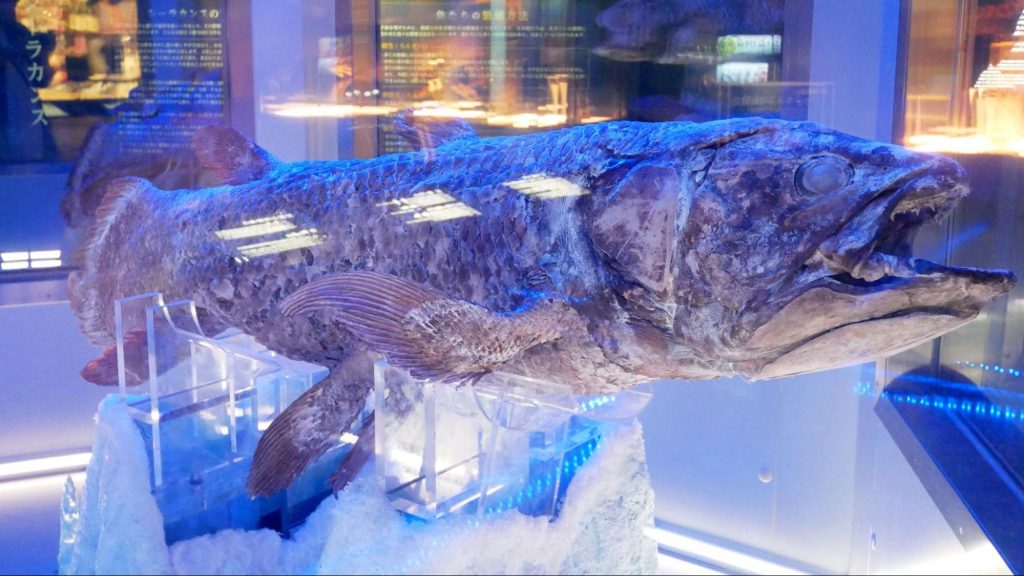
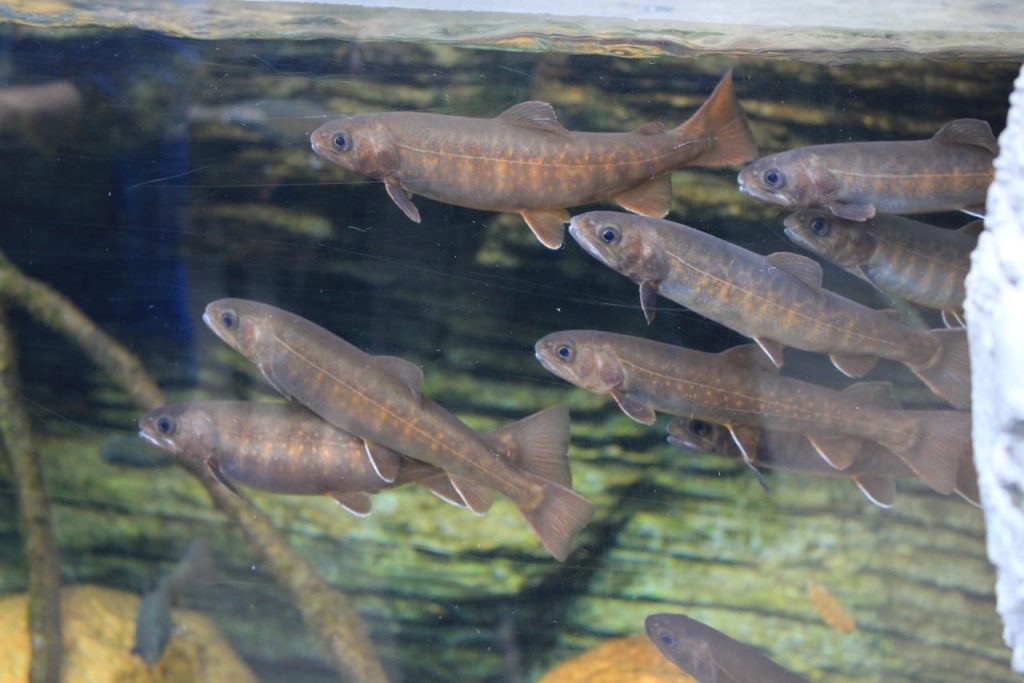
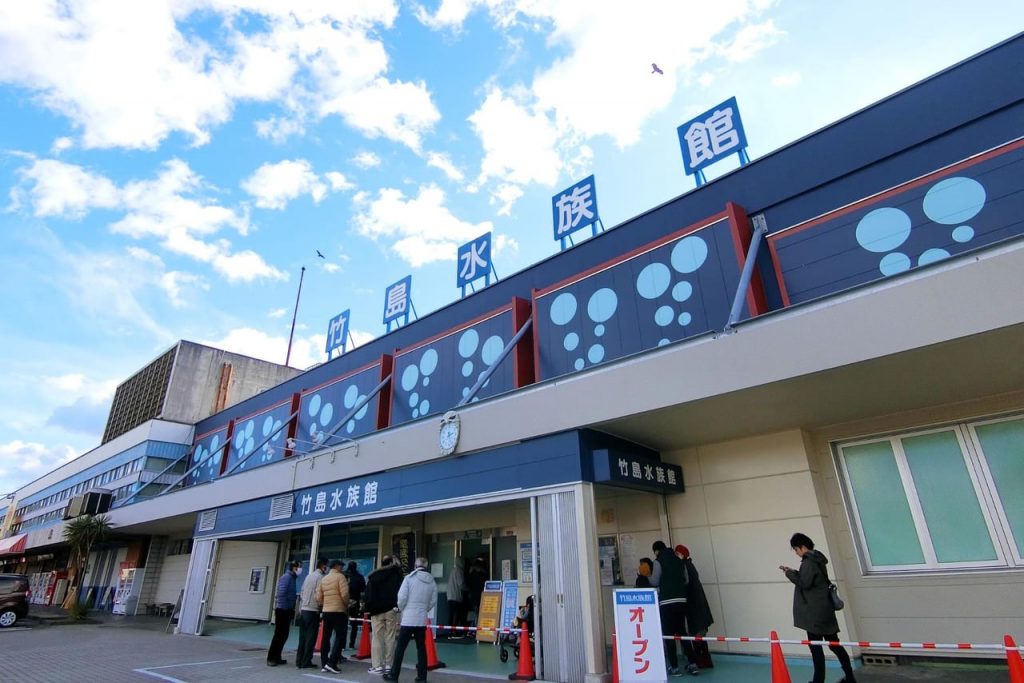
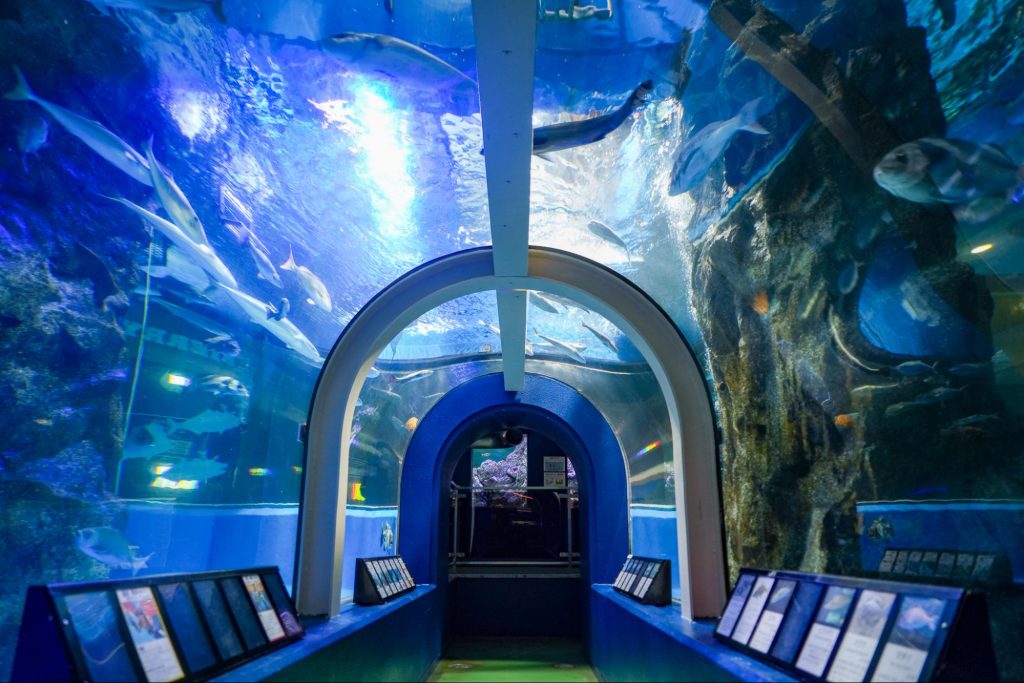
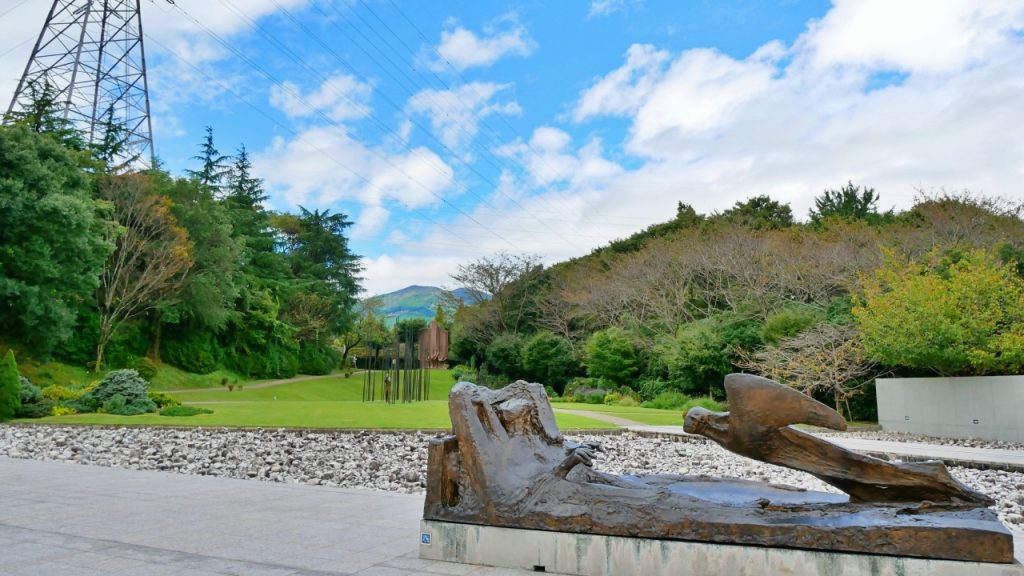
![[Mishima city, Shizuoka] Introduction to "Mishima Taisha"](https://life-designs.jp/wp/wp-content/uploads/2022/12/image5-1024x768.jpg)
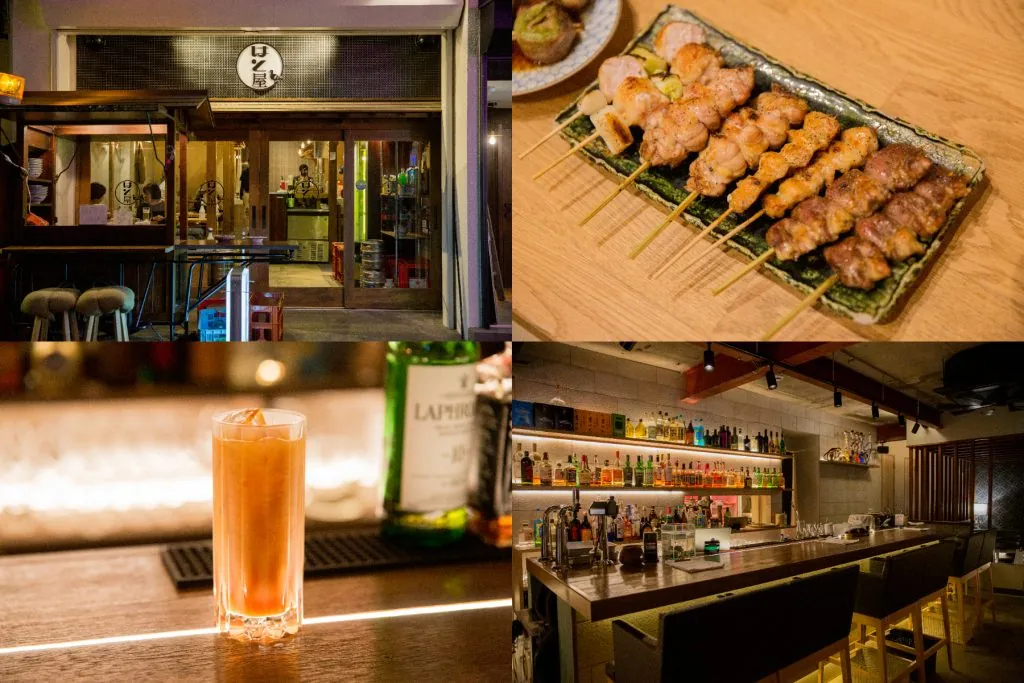

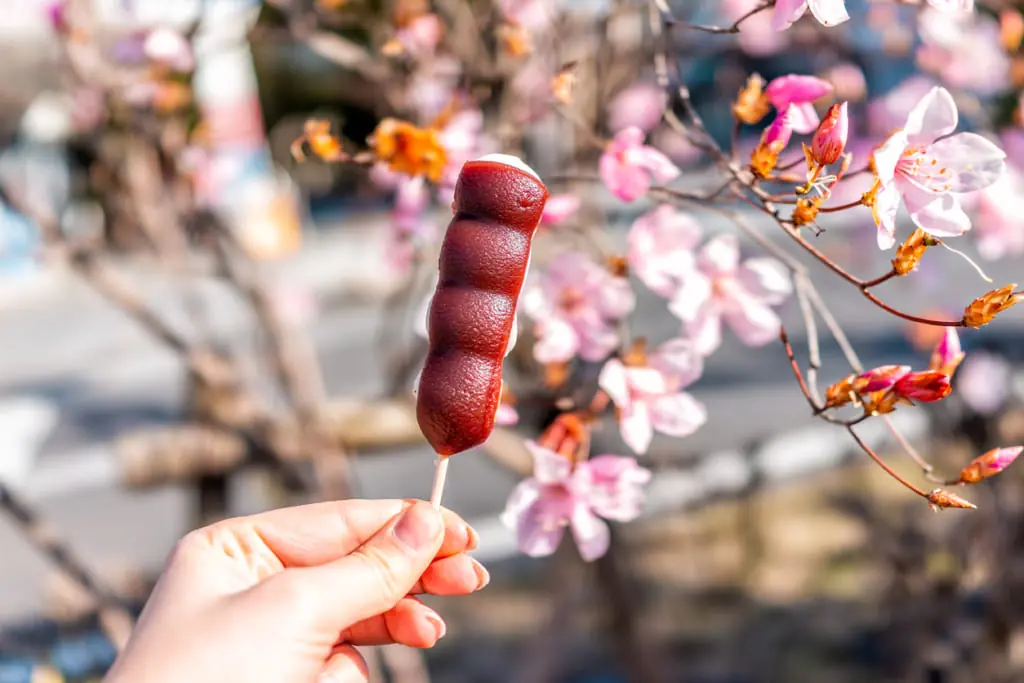
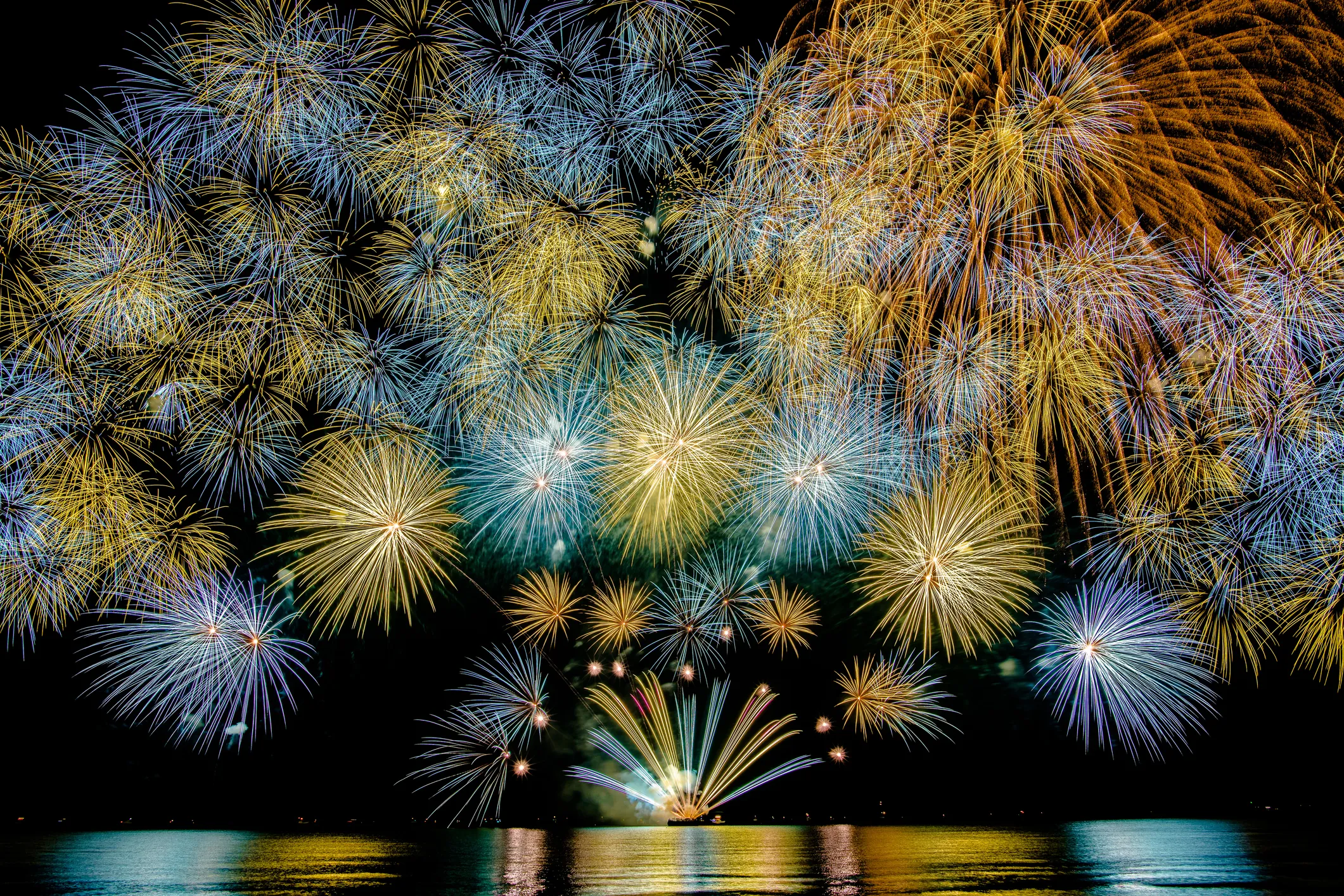
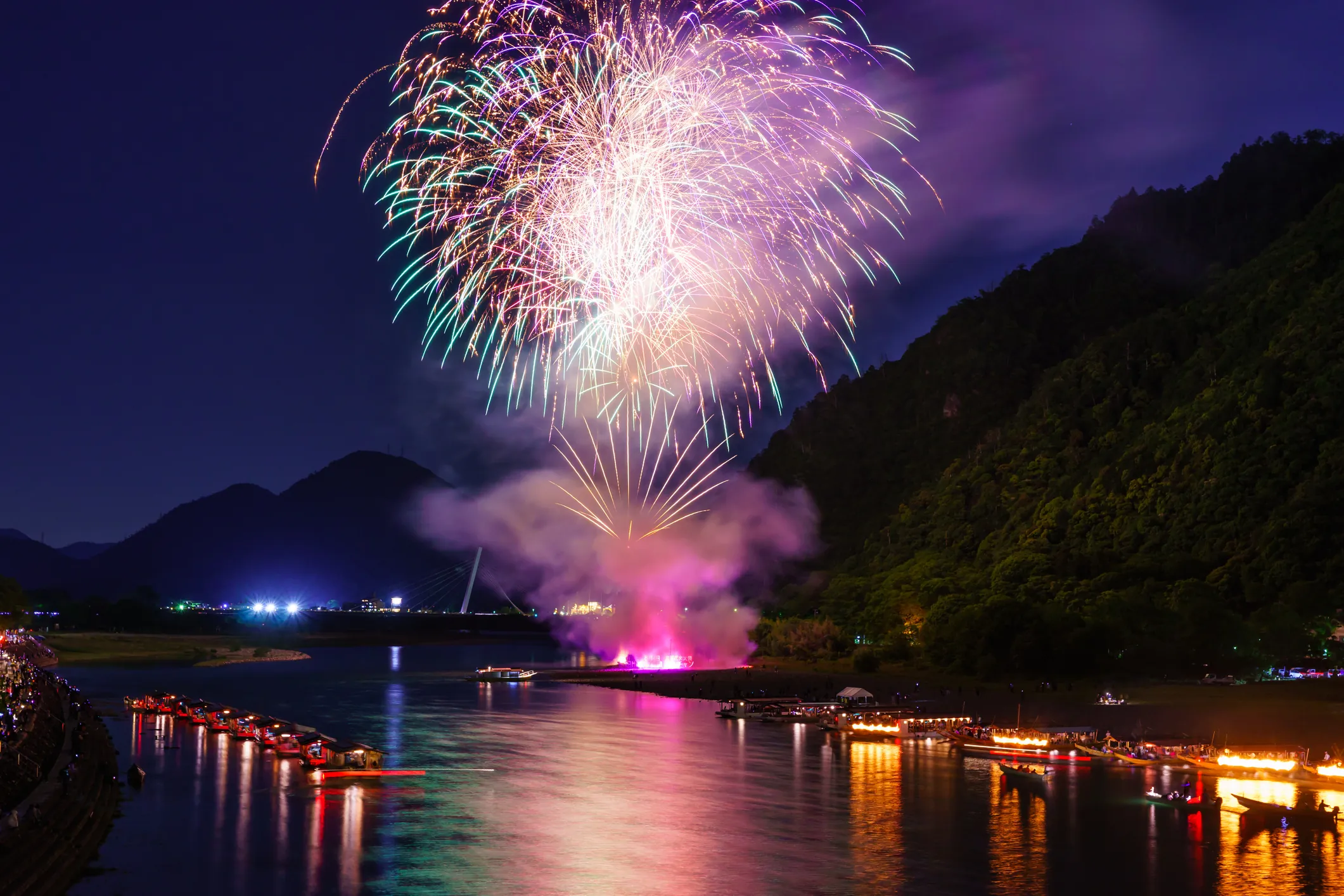

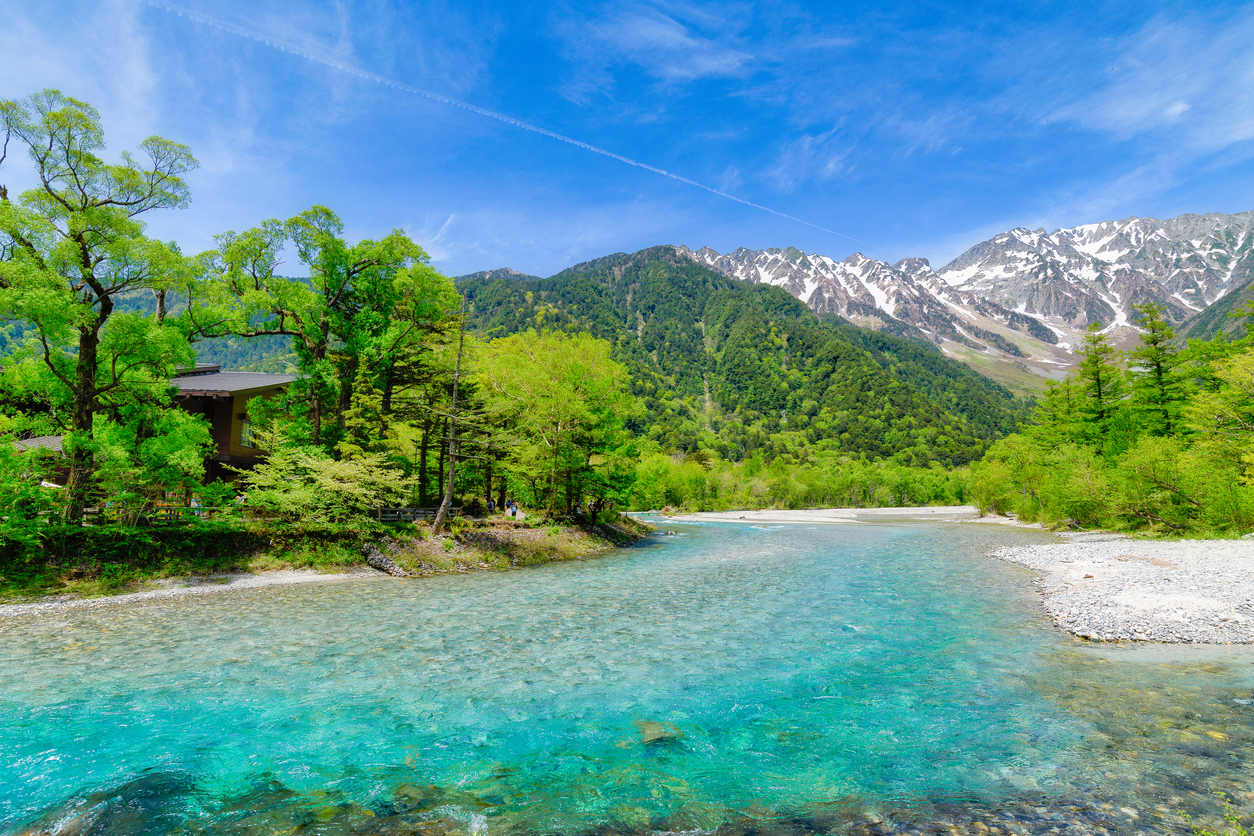
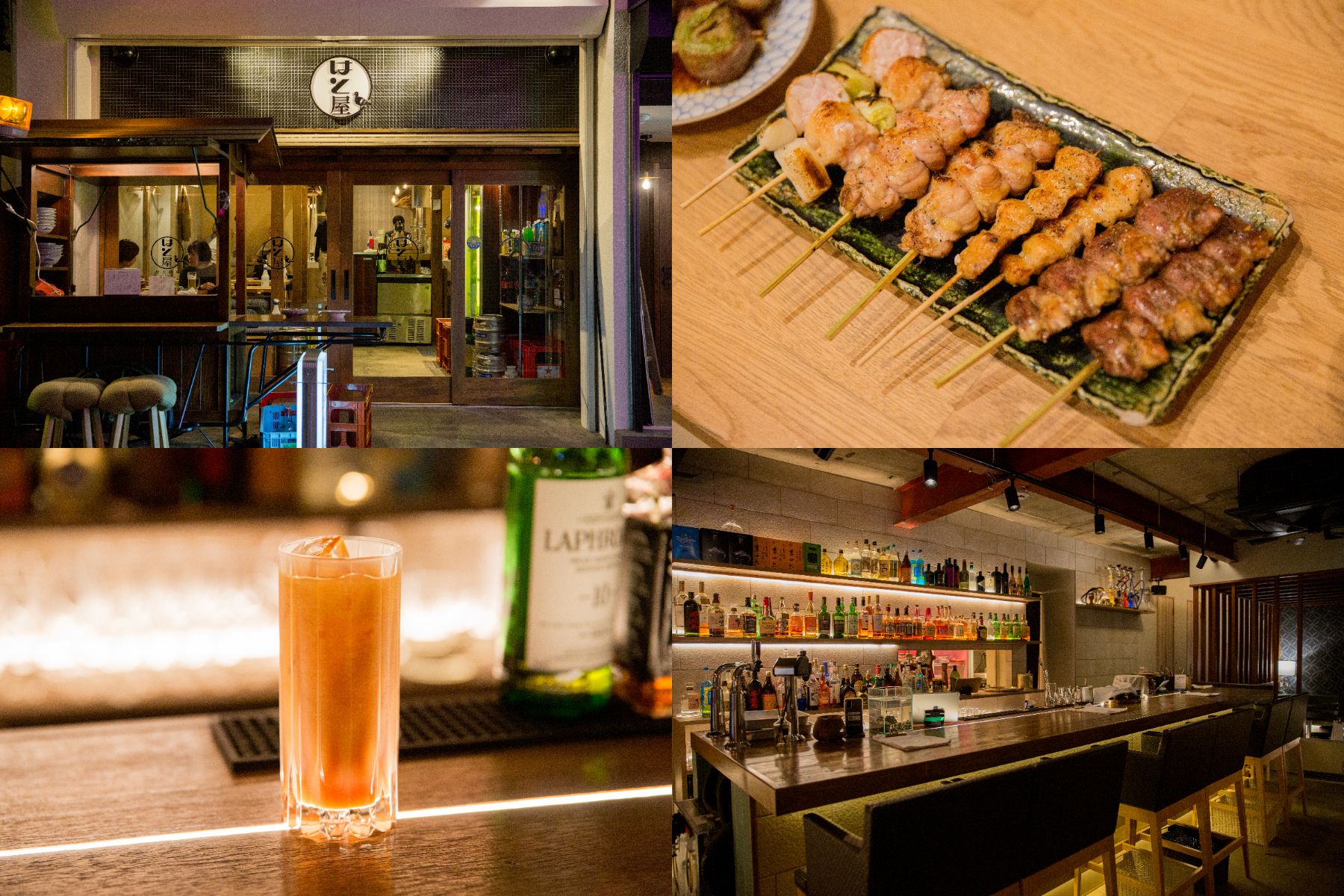
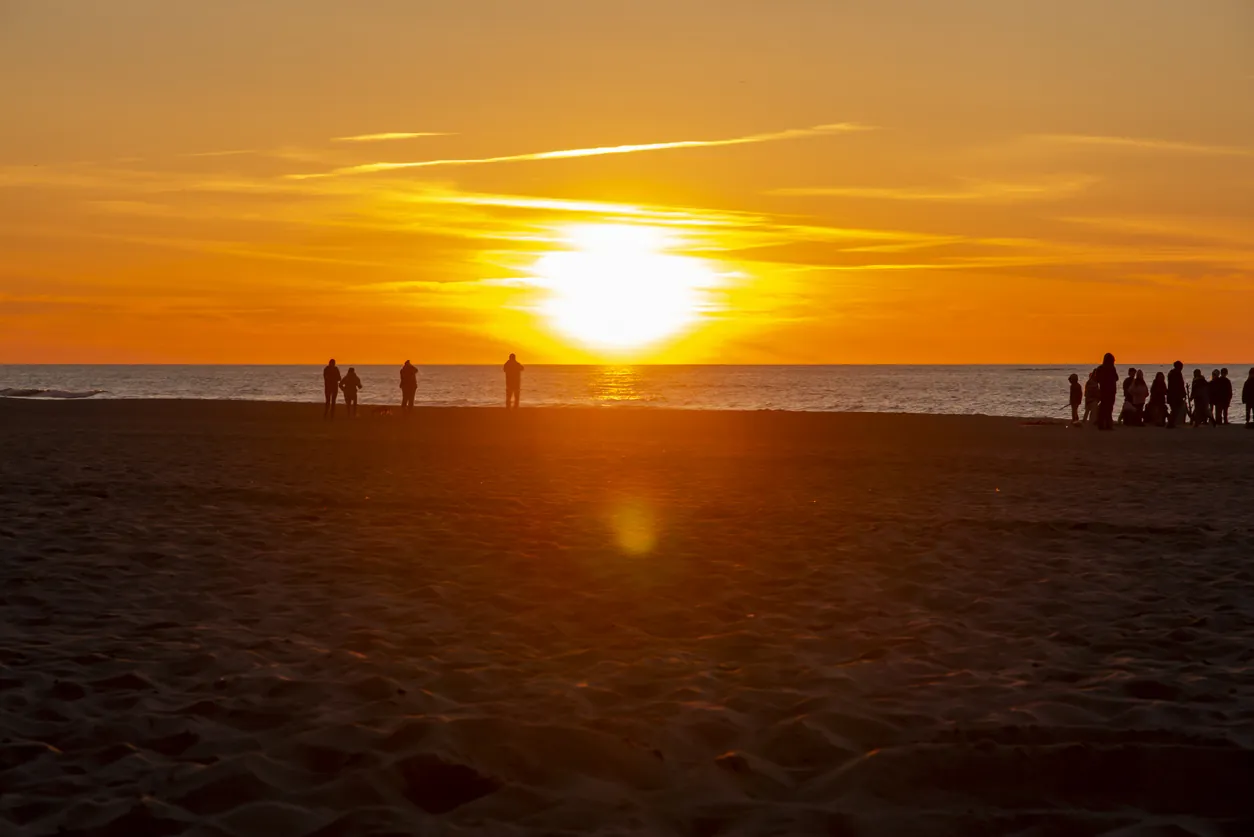

![[Osu Special Feature] A City of History and Uniqueness](https://life-designs.jp/wp/wp-content/uploads/2022/03/01_Osu-1-768x435.png)
![[Tokai Area] Scenic Spots which You'll Never Forget](https://life-designs.jp/wp/wp-content/uploads/2019/12/LD_banner_w1920x1088_prospect-1-768x435.jpg)
![[Nagoya-meshi] Nagoya's Speciality Dishes](https://life-designs.jp/wp/wp-content/uploads/2022/06/5ba2ca8c038fd4af7527bc0826367cfb-1024x580.png)
![[Special Feature] Enjoy Outdoor Activities!](https://life-designs.jp/wp/wp-content/uploads/2019/12/LD_banner_w1920x1088_outdoor-1-1024x580.jpg)
![[Enjoy Kuwana! ] From Classic to the Latest Spots](https://life-designs.jp/wp/wp-content/uploads/2022/11/Kuwana_w1920x1088-1-1024x580.png)
![[Tokai Area] Place to Go on Rainy Days!](https://life-designs.jp/wp/wp-content/uploads/2022/03/f76405aaa33944a4ba88a131fbc56523-1024x580.png)
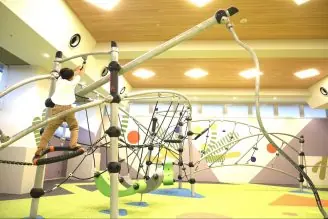

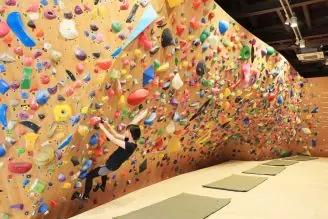


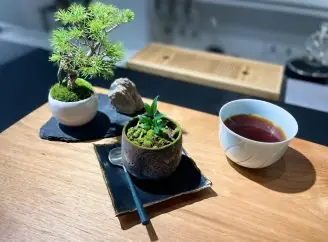

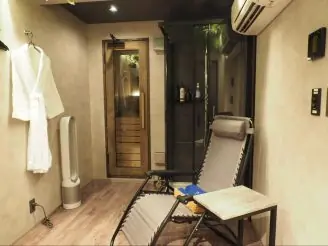
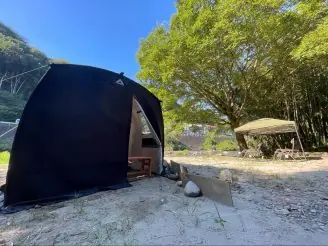
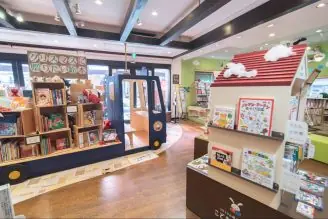


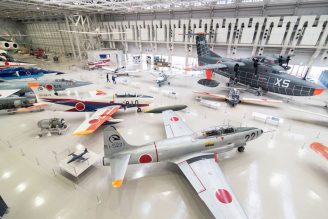




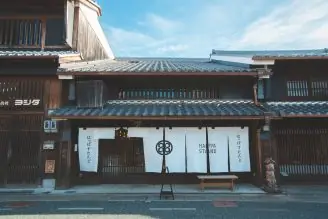
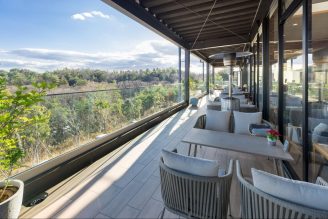

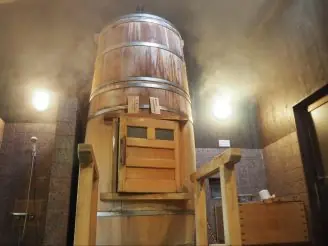

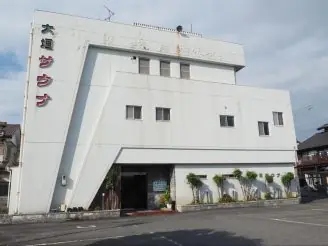


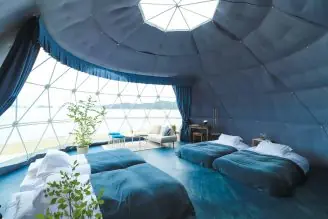
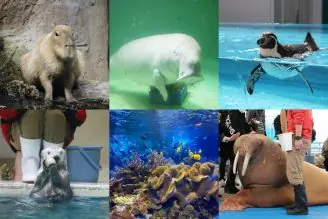

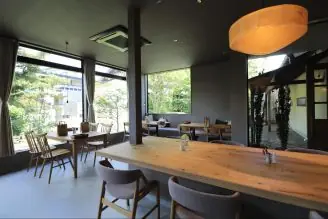




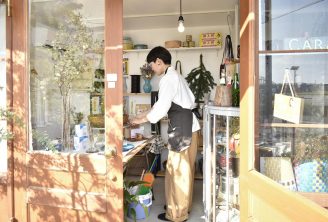
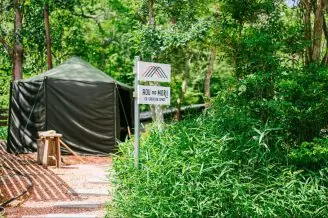
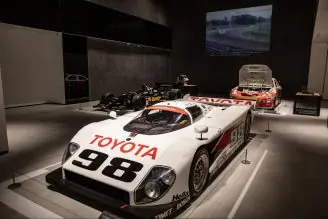
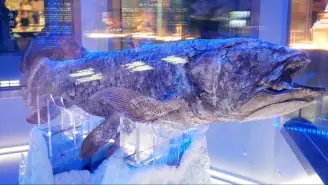
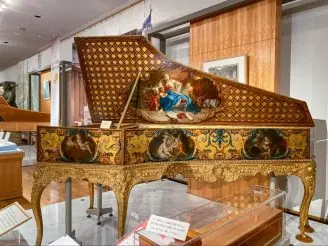







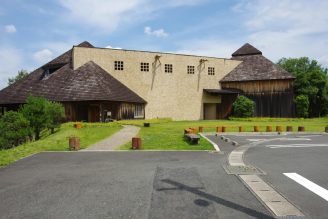

![Onigiri is hot right now! Summary of Osu's Onigiri Specialty Shops [5 selections].](https://life-designs.jp/wp/wp-content/uploads/2023/11/onigiri-1024x768.jpg)
![[28 selections] I want to get it when I go to Ghibli Park! Recommended goods & souvenirs (Ghibli’s Grand Warehouse edition)](https://life-designs.jp/wp/wp-content/uploads/2023/07/07bb34f30842ccc4c6412fc060e1966c-1024x683.jpg)
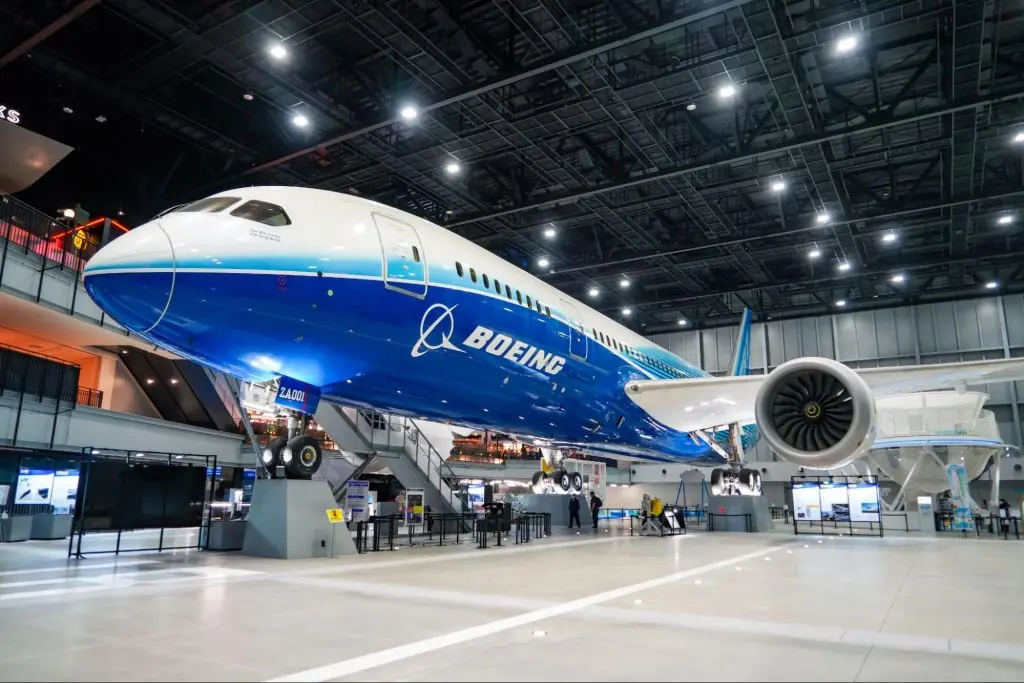
![[12 Selections] Available at Nagoya Station! Snacks Perfect as Souvenirs from Nagoya](https://life-designs.jp/wp/wp-content/uploads/2021/04/FotoJet-2021-04-19T194023.218-1024x768.jpg)
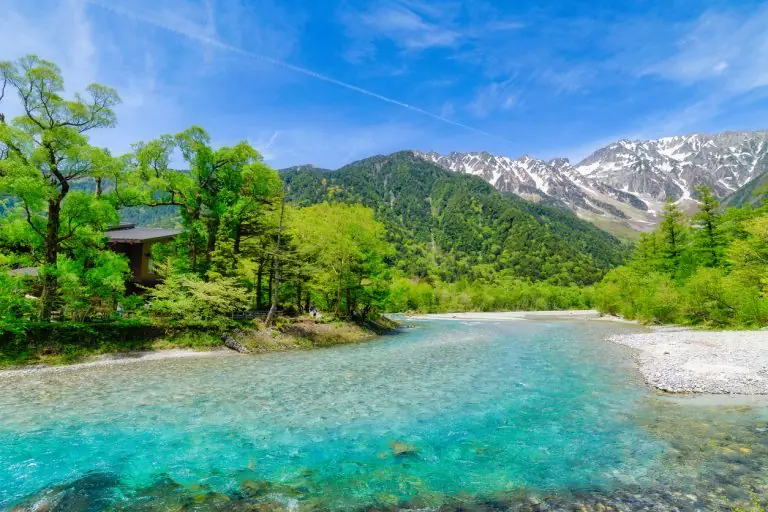
![[Within 2hrs by Car] 12 Outing Areas where You can Go on a Day Trip from Nagoya!](https://life-designs.jp/wp/wp-content/uploads/2023/07/odekake12_w1200h900_20240422-328x246.png)
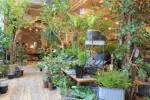
![[14 Selections] Recommended spots to spend the weekend in Kakuozan area of Nagoya](https://life-designs.jp/wp/wp-content/uploads/2022/07/Kakuozan-spot_w1920h1088_240605-328x186.png)
